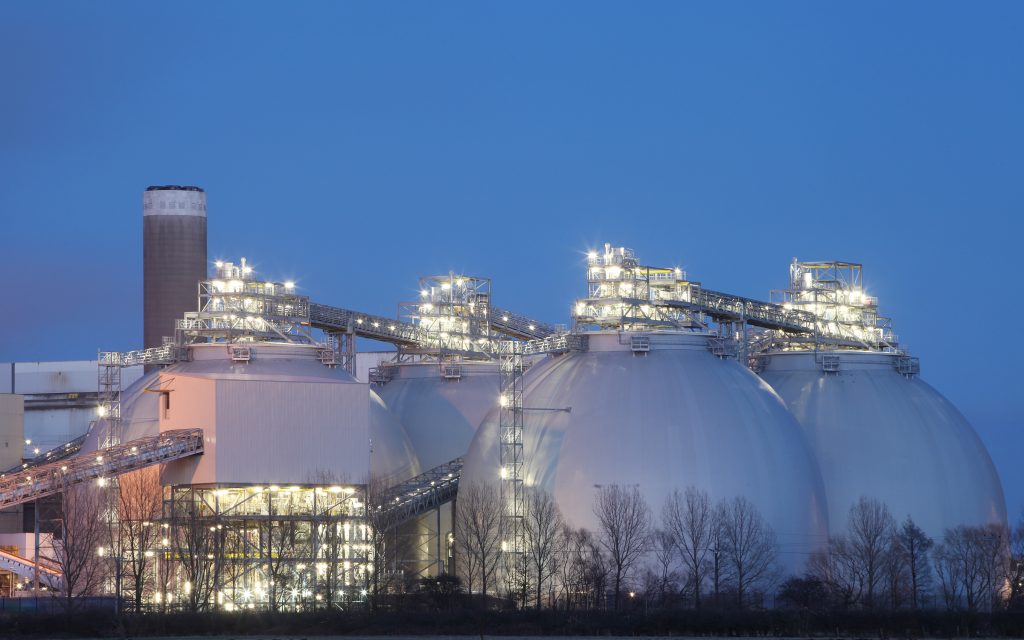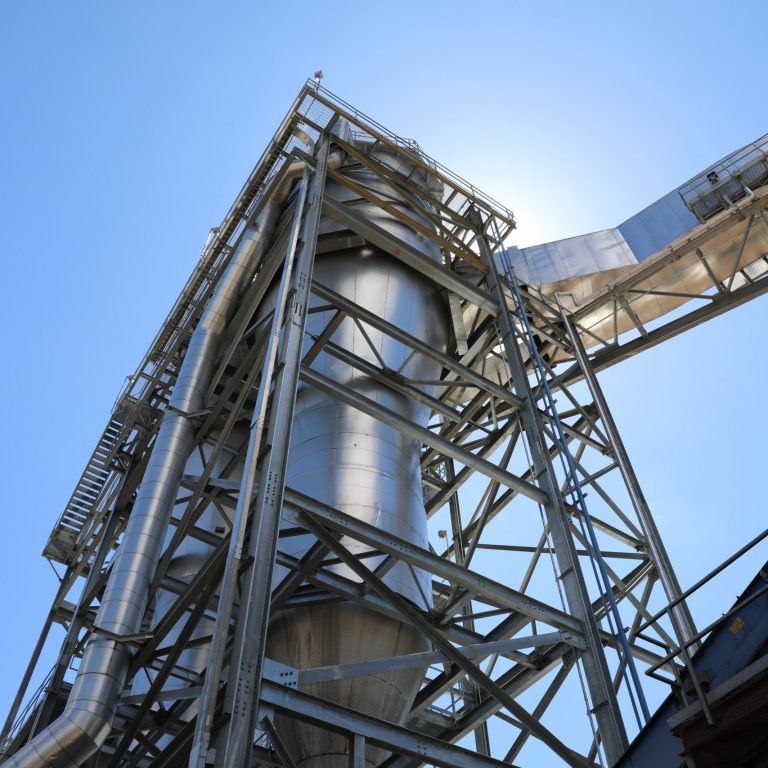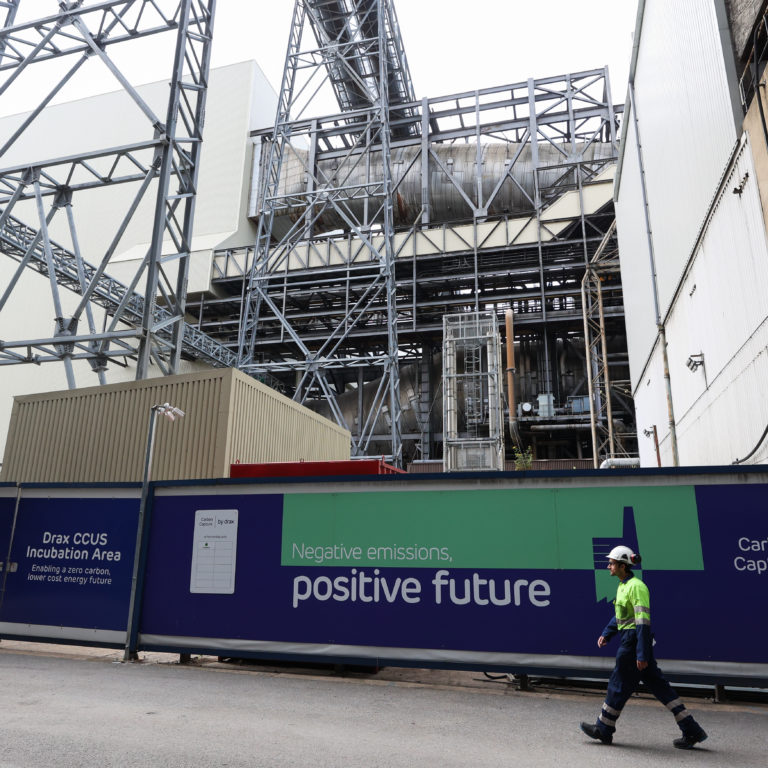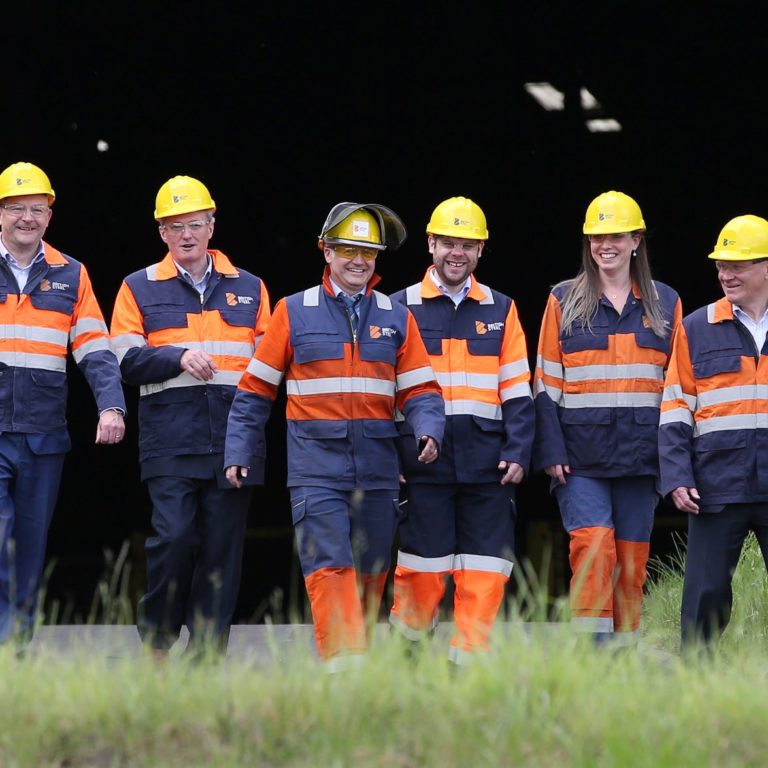Renewables are playing a bigger part of our electricity mix as the UK moves towards a low carbon economy. How we ‘plug the gaps’ left by intermittent renewables is among the greatest challenges faced by the energy sector.
Sources like wind and solar are intermittent – they can’t generate electricity all the time. When the sun doesn’t shine or the wind doesn’t blow they lack the fuel needed to generate power and can’t feed into the grid.
This leaves a gap in the UK’s electricity supply that needs to be filled. Today that’s done by sources like coal, gas and biomass which can be dialled up and down to accommodate for the dips and peaks in generation created by changes in demand and the weather.
One alternative being touted as a possible solution is storage and in particular, battery technology. However, creating batteries on a scale big enough to meet our incredible demand is a considerable challenge. It’s a challenge that will be met in a future where giant, affordable batteries are able to store solar power captured in the summer months for use in the winter. But costs would have to come down at an even faster rate than they have done in recent years.
The challenge of building bigger batteries
To demonstrate the size of this challenge, consider the biomass storage domes at Drax Power Station. These effectively operate as giant energy stores with the flexible ability to quickly feed renewable fuel to the power station, which generates electricity on demand.
Our biomass domes can hold 300,000 tonnes of sustainably-sourced compressed wood pellets, the equivalent of 600 GWh worth of electricity. Currently, batteries cost £350 per kWh, meaning at present prices it would cost £210 billion to replace the capacity of all four of our biomass domes using battery power.
Even if battery technology advances dramatically over the next few years that figure is only likely to fall to around £60 billion. Then there is the question of the ancillary services that thermal power stations provide. The batteries of the future may be able to provide these vital services (such as synthetic inertia, short-term reserve and reactive power), but for now, providing these via battery power is prohibitively expensive and in some cases best left to biomass and gas power stations.
We should not underestimate the challenges ahead. The UK’s ever-changing power system will need to balance more electricity generated via wind and solar with affordable solutions that are also reliable, flexible and lower carbon than coal. This is why Drax is developing four rapid-response gas power stations in addition to continuing its investment in biomass generation and supply.





















